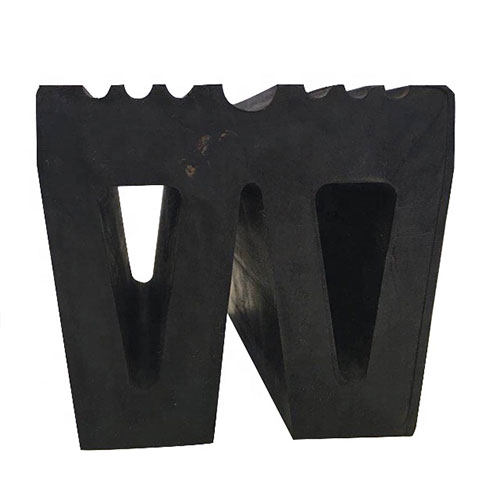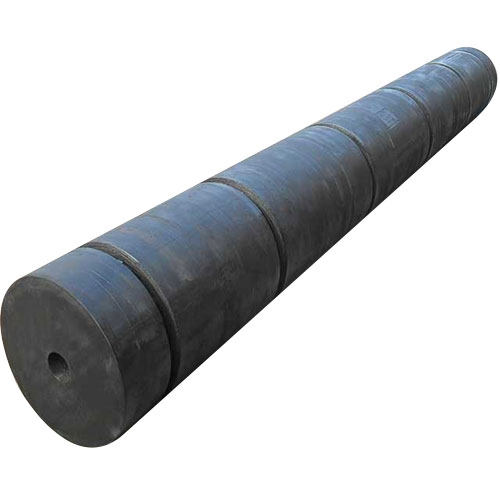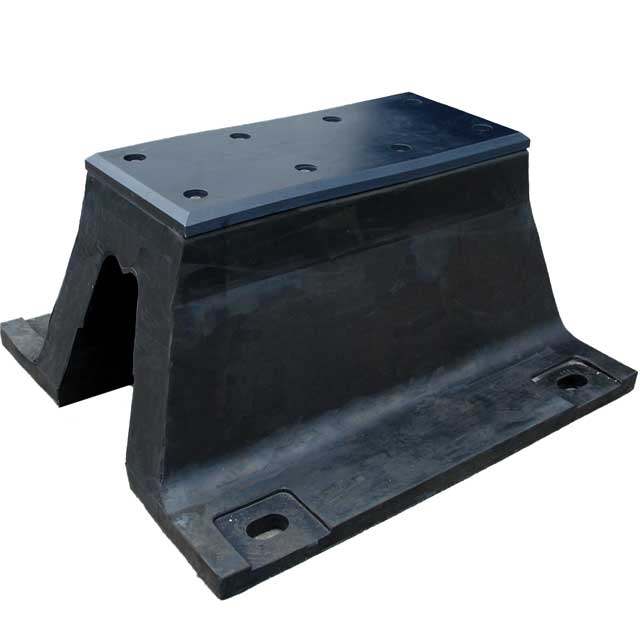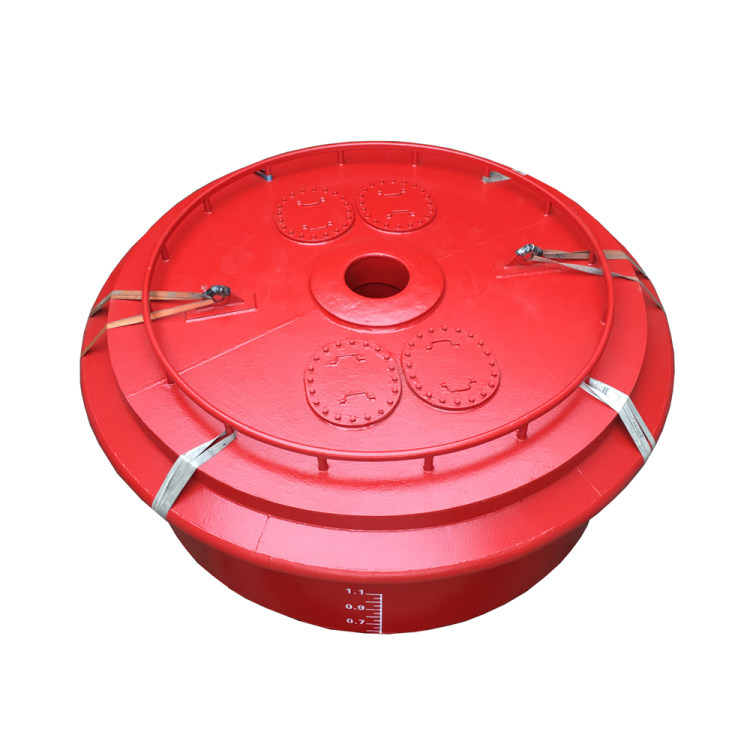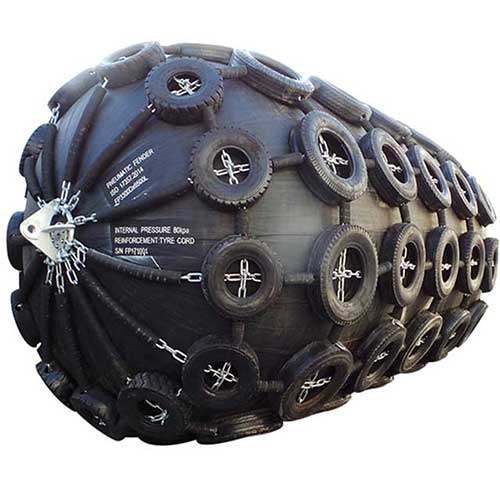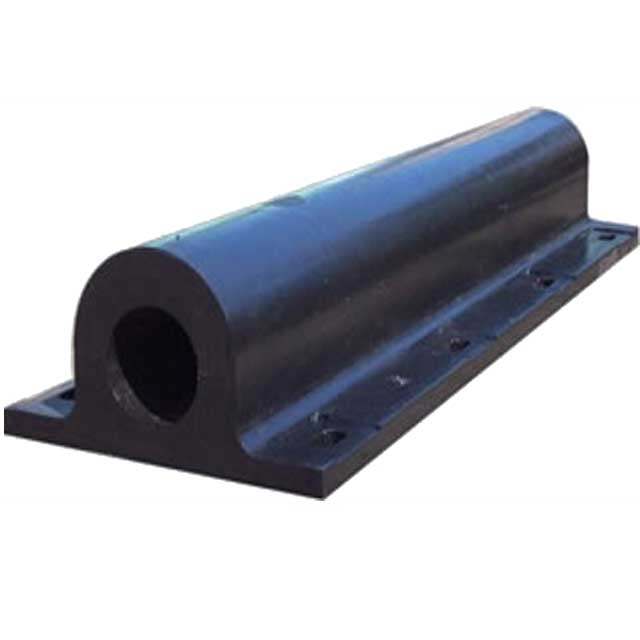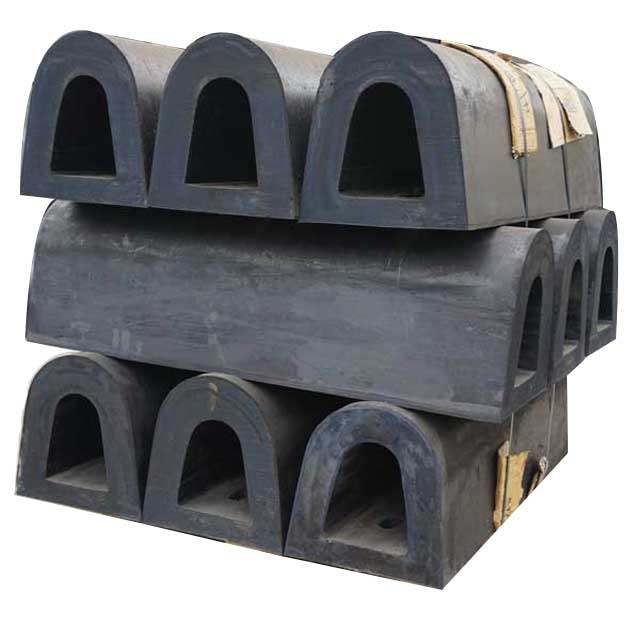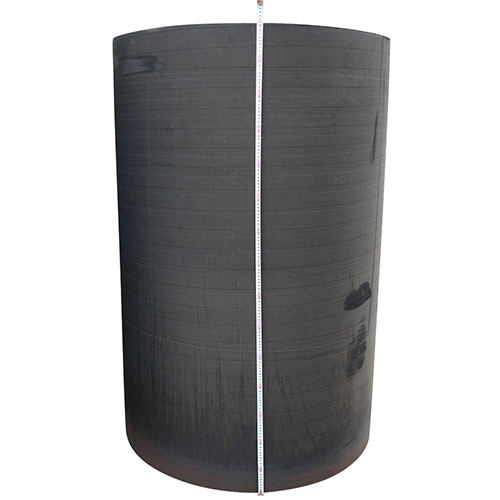Custom Rubber Fenders for Offshore Platforms
In the dangerous offshore platform environments, effective impact protection is essential to protect the structural strength of the platform as well as the safety of workers. A rubber fender is designed to absorb the energy of vessels while berthing and to limit the damage caused by collisions. Although standard rubber fenders are commonly used, offshore platforms are now requiring custom rubber fenders that are tailored to the specific operational as well as environmental requirements.
Why Offshore Platforms Need Custom Rubber Fenders
Offshore platforms are used in the most difficult conditions on the planet: strong currents, large waves, varying temperatures and continuous vessel activity. Standard rubber fenders might not meet all demands of performance under these conditions. Custom rubber fenders offer an answer to the unique requirements of each offshore installation, such as:
- Type of vessel and frequency of docking
- The forces of hydrodynamics and environmental loads
- Platform geometry and installation limitations
- Resistance to UV exposure and corrosion
By adapting customized rubber fenders according to these parameters operators can drastically reduce the cost of maintenance, increase the safety of their operations, and prolong the lifespan of marine structures.
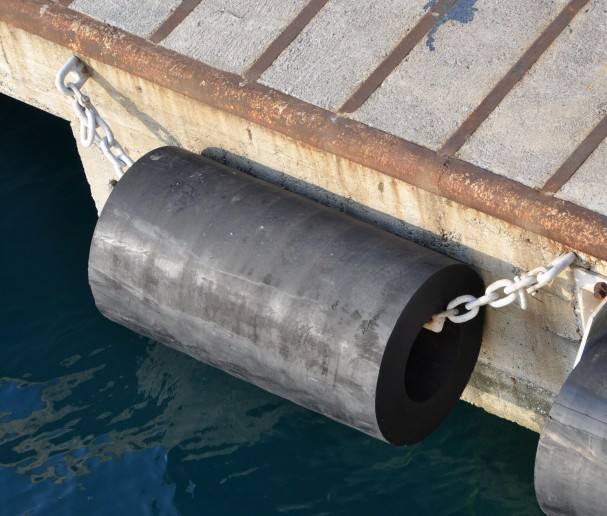
Key Features of Custom Rubber Fenders for Offshore Platforms
- Precision-Engineered Energy Absorption: Custom rubber fenders are made to withstand high-impact force from vessels approaching and protect the structure of the platform and ships during mooring and berthing operations.
- Marine-Grade Durability: Made of specially-formulated rubber compounds They are resistant to degrading due to UV radiation, saltwater oil, extreme temperatures, guaranteeing long-lasting performance even in harsh offshore conditions.
- Optimized Structural Integration: Each fender is customized to the specific structure and layout for the platform offshore, which allows for an effective and safe mounting in irregular or constrained geometries.
- Minimal Reaction Force: Engineered to reduce the amount of reactive load that is transferred to the platform custom-designed rubber fenders can protect the infrastructure from damage when the vessel comes into contact, increasing the safety of operations.
- Versatile Shape and Size Options: Available in a variety of shapes like cone and arch, cell and cylindrical custom rubber fenders are fabricated with precise dimensions to meet specific requirements in terms of performance and dimensions.
- Reinforced Installation Hardware: Custom-designed systems incorporate the most resistant to corrosion of mounting components as well as reinforcements to ensure a sturdy and long-lasting bond between the fender structure and the platform structure under the most extreme strain.
- Low Maintenance and Long Service Life: Because of their robust construction and custom-designed design, custom rubber fenders require little maintenance and are designed to endure years of continuous use in the harsh marine environments.
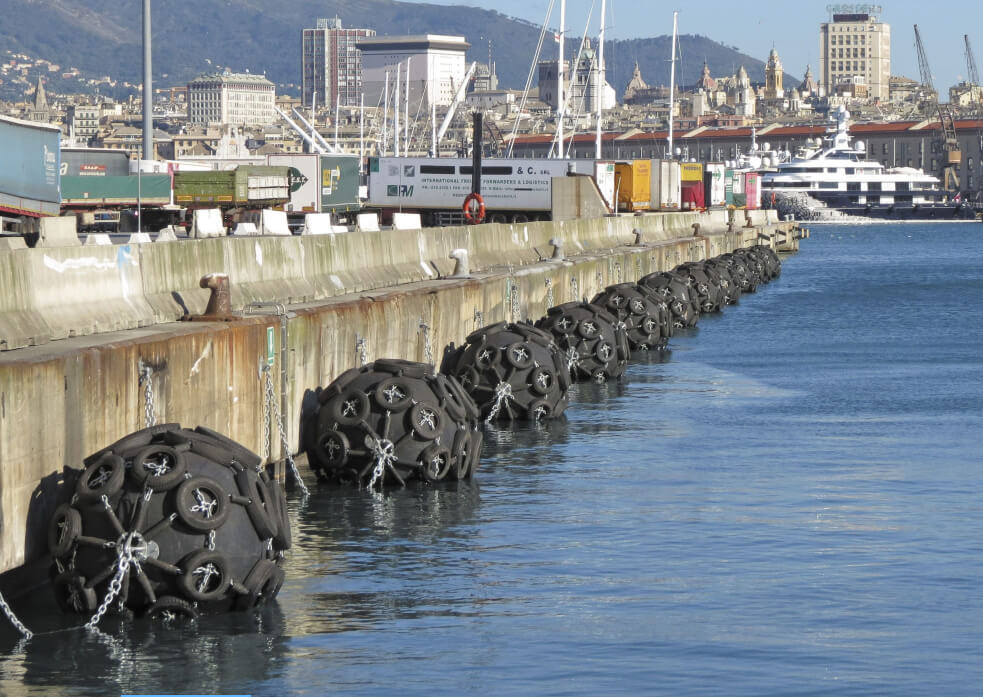
Design Considerations in Custom Rubber Fenders for Offshore Applications
- Accurate Energy Absorption Requirements
An essential step in the design of custom rubber fenders involves to determine the maximum energy for berthing from vessels that are in contact to the structure of offshore. This requires analyzing the displacement of the vessel, its speed at which it approaches as well as the angle of contact and operating frequency. Accurate energy calculations will assure that the fender is able to absorb the force of impact without overloading the structure.
2. Environmental Conditions and Harsh Marine Exposure
Offshore fenders have to endure constant exposure to UV radiation, saltwater extreme temperatures, humidity and biological development (such such as barnacles). Design should consider these conditions by choosing weather-resistant rubber and including the most corrosion resistant mounting system.
3. Platform Type and Geometry
Offshore platforms are a variety of fixed structures, semi-submersibles or floating manufacturing systems. Each is unique in its structural characteristics as well as spatial restrictions and the ability to respond dynamically to sea movements. Fenders need to be designed to accommodate the form of the platform, capacity to bear loads, and the limitations of installation.
4. Vessel Characteristics and Berthing Patterns
Different kinds vessel types (e.g. tankers, supply boats vessels to transfer crews) are able to interact with offshore platforms in different ways. Rubber fender design must be able to accommodate the dimensions, speeds of approach, hull geometry and the berthing characteristics of these vessels in order to guarantee the same performance.
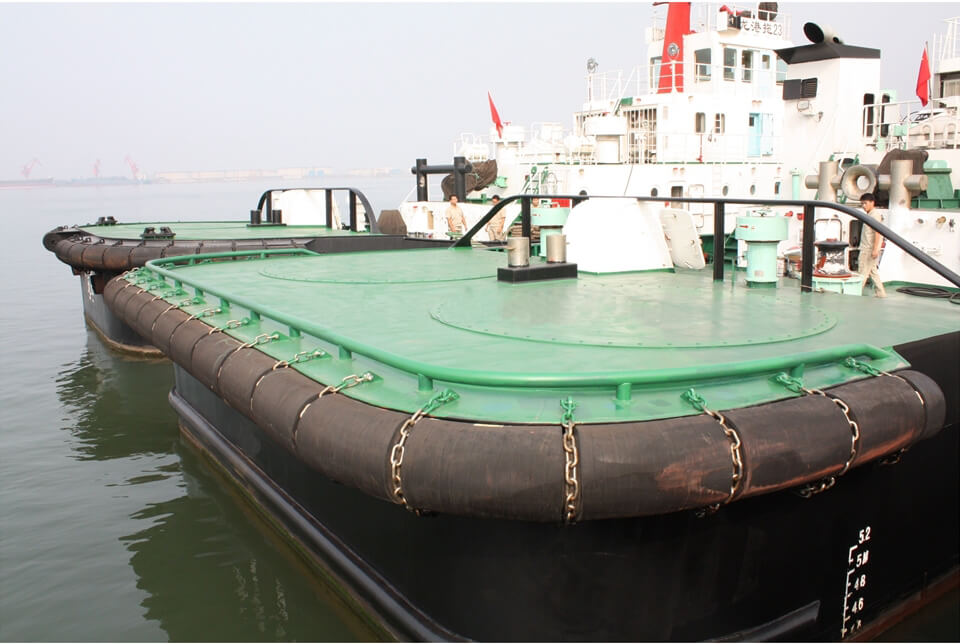
5. Selection of Fender Type and Profile
Fender kind–whether cone or cell, cylindrical arch, pneumatic, or cone–must be able to meet the energy absorption requirements and layout of the space. For example cone fenders work well for high-energy collisions and have small space, while cylindrical fenders are suitable for applications that have frequent contact with vessels and mounting flexibility.
6. Rubber Material Formulation
The rubber’s composition influences its elasticity, durability, resistance and performance under stress. Offshore fenders require specially-formulated blends of elastomeric that retain flexibility and strength despite repeated compression and exposure to the elements.
7. Reaction Force and Structural Load
Rubber fenders need to be constructed to absorb impact energy, without transferring force too much onto the platform. Designing with a low reaction force helps protect the structure, particularly when offshore facilities are old.
8. Fatigue Resistance and Long-Term Durability
Fenders have to endure a multitude of cycles of stress during their life span. This demands careful consideration of the properties of rubber that cause fatigue the reinforcement methods and the possibility of mechanical wear caused by waves and contact with vessels.
9. Mounting and Installation Method
Installation limitations, like restricted access or assembly underwater can affect the selection of fender design as well as the mounting method. Custom designs typically comprise modular components or brackets that allow for simple installation and safe attachments to off-shore structures.
10. Maintenance Accessibility and Lifecycle Cost
Design should permit easy inspection, replacement or repairs in-situ. Options like bolt-on panels, or detachable sections can reduce maintenance time and increase the long-term efficiency of your costs.
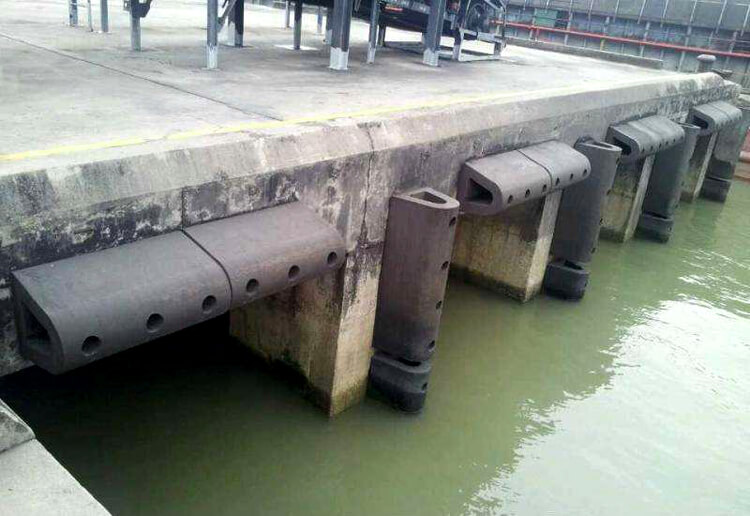
Types of Rubber Fenders Used in Offshore Platforms
| Fender Type | Shape/Design | Key Features | Typical Offshore Use |
| Cone Rubber Fender | Conical body with a big base | Absorption of high energy with low reaction force, excellent performance with angular symmetry | Heavy-duty berthing areas, high tidal variations |
| Cell Rubber Fender | Cylindrical with flared end | Stable High energy absorption outstanding shear resistance | Fixed platforms and large berthing zones for vessels |
| Arch Rubber Fender | Simple arch profile | Easy to install, compact and suitable for moderate energy consumption | Crew, Narrow spaces and vessels’ supply berths |
| Cylindrical Rubber Fender | Hollow cylindrical rubber | Multi-faceted, uniform performance in a variety of directions | Floating docks, lighter vessel applications |
| D-type Rubber Fender | D-shaped cross-section | Lightweight, easy to set up moderate security | Catwalks handrails small landings for service boats |
| Pneumatic Rubber Fender | The air is filled with cord and rubber layers | Easy to transport, low maintenance is able to handle rough weather | Temporary docking, emergency berths, floating platforms |
| Foam-Filled Rubber Fender | Foam core, with hard outer skin | High impact resistance, non-sinkable and low maintenance | Pontoons, moorings offshore, mobile and permanent uses |
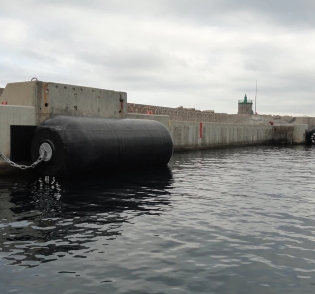
Benefits of Custom Rubber Fenders for Offshore Platforms
1. Optimized Impact Protection
Custom rubber fenders are developed to absorb certain energy levels depending on the type of vessels and berthing speeds related to platforms offshore. This customized design provides maximum impact mitigation, thus reducing the chance of structural damage for both the platform and vessels that visit it.
2. Adaptability to Harsh Marine Conditions
Offshore environments expose fenders to UV radiation, saltwater temperatures, extreme temperature variations, and waves. Custom-made rubber fenders are made of specifically formulated rubber compounds as well as corrosion-resistant parts that provide long-term durability and performance under these harsh conditions.
3. Precise Fit for Structural Requirements
Every offshore platform is unique in its structural arrangement. Custom-designed fenders are made to be a perfect match for the platform’s geometries as well as the mounting space available and load-bearing capacity. This ensures security as well as structural compatibility.
4. Increased Safety for Operations and Personnel
By reducing reaction forces and efficiently absorbing energy from impacts Custom-designed fenders aid in maintaining the stability of the platform during contact with vessels. This leads to safer personal transfer, cargo handling or emergency docking practices.
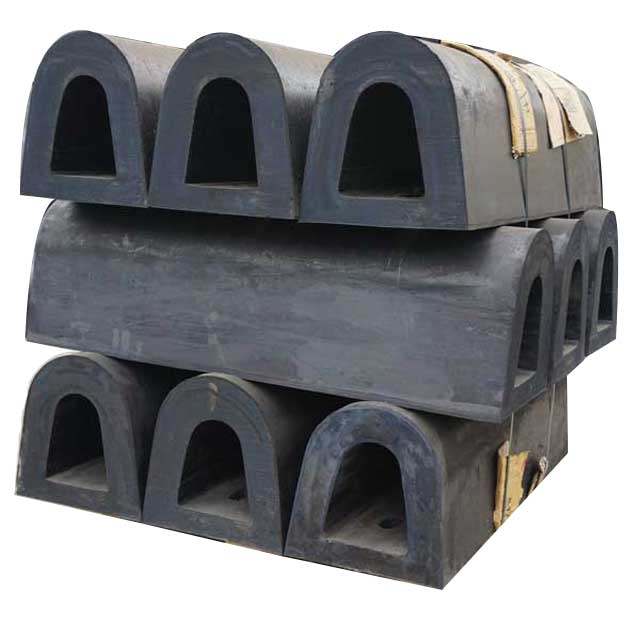
5. Improved Operational Efficiency
A well-designed fender can reduce the time lost by collision-related repairs, or platform deformation. They also permit more reliable and secure berthing movements, increasing overall efficiency of logistics.
6. Support for Diverse Vessel Types
Offshore platforms work with a variety of sizes of vessels, from supply vessels up to tankers for oil. Custom rubber fenders are made to accommodate these different sizes and provide a consistent level of protection regardless of the kind of vessel as well as docking speed.
7. Conformity to Industry Standards
Custom-designed fenders are usually developed according to international standards for safety and performance such as those issued by PIANC. This assures compliance with regulations and dependable performance under tested conditions.
8. Modular and Service-Friendly Design
Customized solutions can incorporate modular configurations that facilitate inspection maintenance, replacement, and inspection. This alleviates the stress on maintenance crews working offshore and also helps prevent expensive service interruptions.
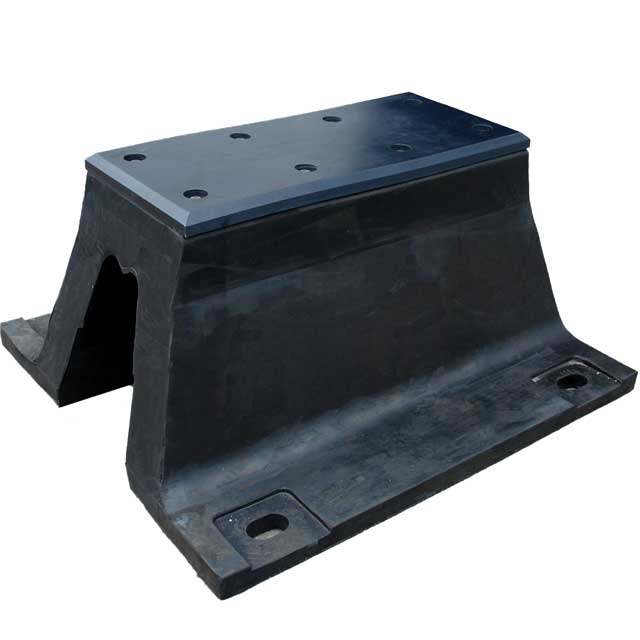
Final Thoughts
As offshore operations get more complex and safety regulations are tighter the requirement for specialized rubber fenders becomes ever more essential. These rubber fenders do not just offer superior protection that is tailored to specific requirements, but they are also a wise investment in the long-term security for offshore platform.


